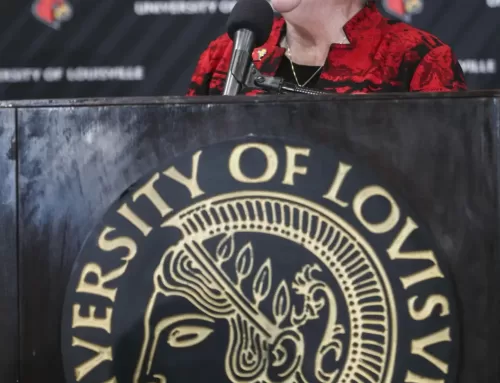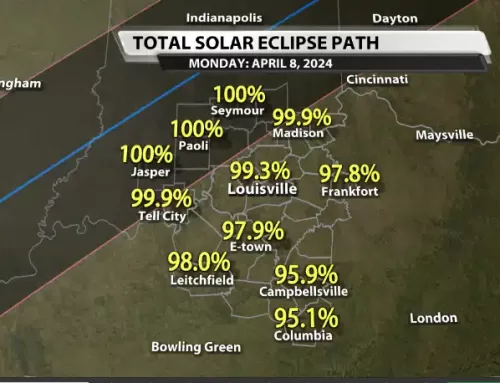By James El-Mallakh–
Latest in the University of Louisville’s search for new revenue sources is the activation of the Tax-Increment-Financing investment.
TIF is an incentive by the Commonwealth of Kentucky for businesses to invest money into areas of the city to stimulate growth. U of L has taken advantage of this incentive and has invested in the downtown Health Sciences Campus to increase long-term revenue.
“It’s an opportunity for the University of Louisville to recoup a portion of the economic activity that’s being generated as a result of university activities and research in this geographical area,” said President James Ramsey.
Vickie Yates Brown, President and CEO of the U of L Foundation’s economic development arm, Nucleus, estimates that over a thirty year period starting in 2012, revenue will continue to expand starting at a rate of $1.3 million this year. By 2042, Nucleus estimates that revenue could reach up to $600 million.
“The TIF worked perfectly,” said Brown. “What it’s about is building public infrastructure, that’s exactly what we’re doing, were a public university building public infrastructure.”
She also explained the burden to encourage growth is on the university and not the city.
“And if we aren’t successful, if we don’t grow the jobs and improve the tax base, the property tax base and the sales tax base in that area, we don’t get any portion of the tax increment or the new taxes that are being generated in that area” said Brown.
The investments are made on behalf of Nucleus. An investment of more than $150 million was required to activate the TIF. Nucleus invested $200 million in the downtown TIF area since 2007 for current and future infrastructure projects. The money came from private investments to the university.
As Ramsey explained, “none of it [the money] is paid for by tuition dollars.”
The money invested in the Health Sciences Campus will go back into the health sciences campus entirely and University undergrads at Belknap will not share in the investment directly, but rather, indirectly by making the health sciences campus more self-sufficient.
Mark Hebert, U of L Director of Media Relations, said “instead of spending tuition money from students or from the state on new developments downtown, money from the TIF will be used.”
There are also TIF investment zones on the Belknap campus. In those zones, the newly constructed Cardinal Towne and the upcoming recreation center count as TIF investments.
[email protected]
Photo: James El-Mallakh/The Louisville Cardinal



